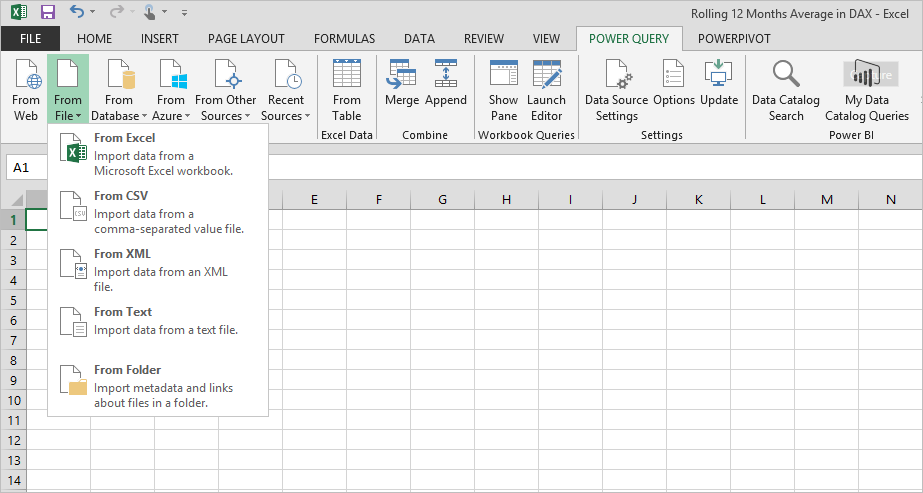

- Excel for mac 2013 pivot table from multiple sheets how to#
- Excel for mac 2013 pivot table from multiple sheets full#
Power Pivot displays the view's fields and a sample of the records.
/001-how-to-create-a-report-in-excel-3384b6a8655f46d194f9a6c4e66f8267.jpg)
Still in Power Pivot, click the Design tab (if necessary).Specifically, let's create the relationship between Customers and Orders: (Power Pivot refers to the data sets as views.) Figure B Add all three Table objects to Power Pivot. Figure B shows the Customers view in Power Pivot-there's a tab for each view. Add all three of your Table objects to Power Pivot. Your Excel data is safe-you can't edit the data in the Power Pivot view. Doing so generates another view of your data. Click Add to Data Model in the Tables group. To do so, click anywhere inside a Table and then click the Power Pivot tab to open the Power Pivot window. SEE: Tap into the power of data validation in Excel (free PDF) (TechRepublic) Create relationshipsĪfter converting the data sets to Table objects, you can create the relationships. When you're done, you're ready to continue. Naming the Table, while not necessary, will be helpful later.Ĭreate three Table objects: Customers, OrderDetails, and Orders. Click inside the Table Name control to the left of the ribbon and enter a meaningful name for the Table and press Enter.In the resulting dialog, check or uncheck (as necessary) the My table has headers option.Click the Insert tab and then click Table in the Tables group.So, your first step is to convert each data set to a Table and name it as follows: However, Power Pivot only recognizes Table objects. That way, you can bypass the formulas altogether. Instead of connecting the sheets using formulas, we'll use Power Pivot to create relationships between the tables. Fortunately, with Power Pivot, that route is unnecessary. Not only is that labor intensive, the formula route consumes a lot of memory and slows things down if you have a lot of data.
.svg/1200px-Microsoft_Office_Excel_(2019–present).svg.png)
Excel for mac 2013 pivot table from multiple sheets how to#
You'll build relationships between the three data sets with those in place, you can quickly analyze the data in meaningful ways.Īs I mention in How to use Excel's Data Model to turn related data into meaningful information, you might create complete records on a single sheet using complex formulas to lookup data. The Customers sheet stores information about each customer, but there's no purchase history. Viewing the Order Details sheet, you can see all the items that compose each sale, but you don't know who made the purchase. What you don't know is how many products compose the total or the unit price or quantity purchased for each product. For instance, viewing the Orders sheet you can see that the sub total for order 1 (before shipping and tax) is $477.20. What's obvious at this point is that you can't turn the data into any meaningful information-at least, not easily. You need the data from all three sheets to pull together a complete sale.
Excel for mac 2013 pivot table from multiple sheets full#
None of the sheets alone gives the full picture. Each order in that sheet is related to a customer in the Customers sheet and details about that order in the Order Details sheet. As you can see in Figure A, the data sets are related by common fields:įigure A We'll work with two relationships to combine data from three tables.Įvery record in the Orders sheet represents an order. Our example workbook has three sheets of related data: Customers, Orders, and Order Details (copied from ProductInventory.accdb, an Access database).


 0 kommentar(er)
0 kommentar(er)
